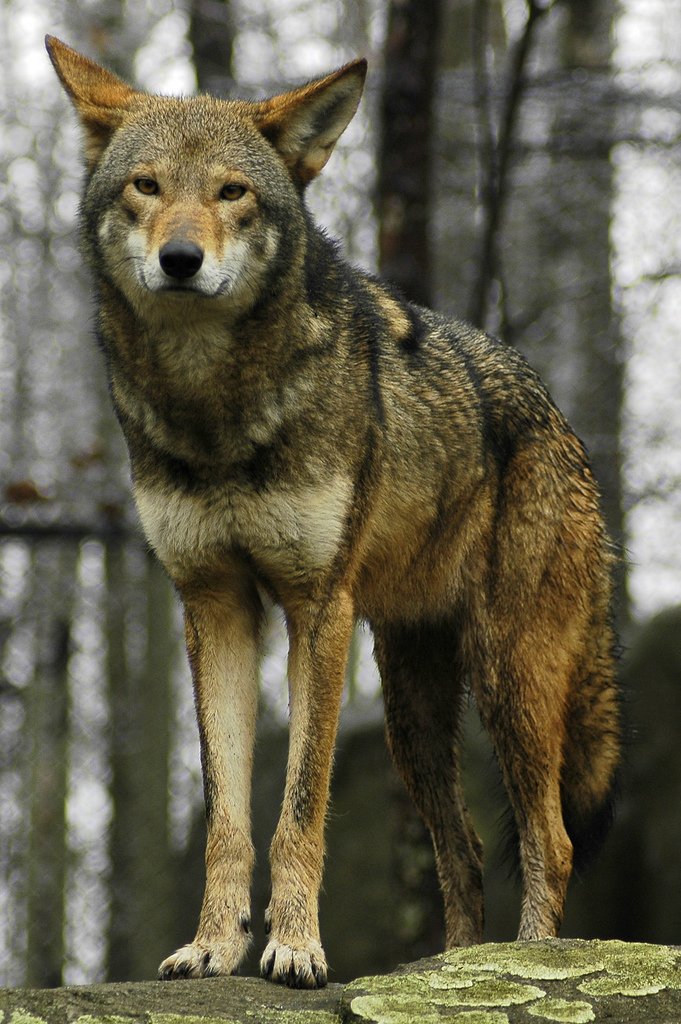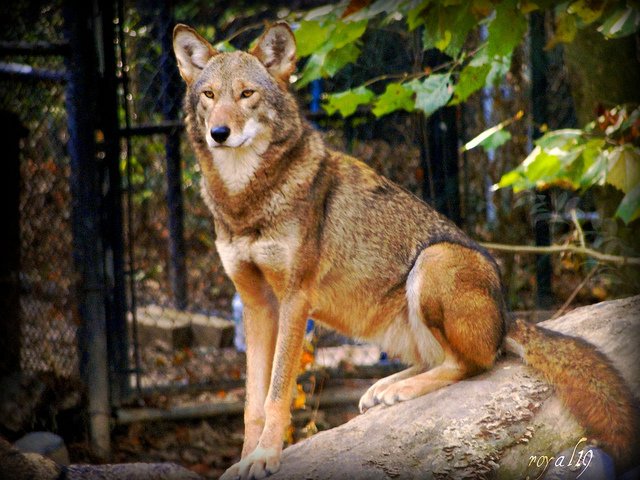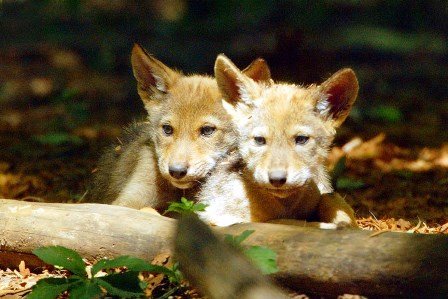This is a follow up to my original post about red wolves.
Due to public and political backlash, the Red Wolf Recovery Program has been under review by the U.S. Fish and Wildlife Service for over a year. Declared extinct in the wild in 1980, the program reintroduced red wolves back into the wild in North Carolina in 1987 and showed signs of success. Local communities began urging the government to shut down this reintroduction program, wrongly believing the wolves to be a nuisance species. If the program were to be shut down, the red wolf would likely go extinct in the wild for the second, and final, time (check out my previous post for more info).
The Fish and Wildlife Service announced this morning that the program will NOT be ended, a conclusion that is being celebrated by conservationists everywhere. A study was conducted by the Wildlife Management Institute to determine the feasibility of the wolves' recovery, with regard to population viability, red wolf taxonomy, the historical range, and human dimensions. This morning, the Service announced that they believe the red wolf revival to be feasible with significant changes to the program.
Right now, the Service is moving to secure wolves in captivity, to begin breeding programs and preparing captive wolves for eventual release into the wild. By October of 2017, they hope to begin releasing additional experimental populations into new sites throughout the southeast (the sites will have to comply with all environmental rules and public engagement). They will also attempt to complete a Species Status Assessment, further detailing the viability of the red wolf reintroduction using detailed statistics collected during the past couple years. For the first time in almost 40 years, we may begin seeing red wolves returning to their old habitat!
This is perhaps the most important news in conservation this year. The red wolf may be one of the few species to return from their extinct status, making them a critical success in the fight to save endangered species. Though their future does remain in doubt, the continuation of the program ensures that they will have at least a fighting chance with government and public support. Right now considered to be one of the most endangered canids on the planet, the decision to keep the Red Wolf Recovery Program may mark the beginning of the return of the red wolf!




